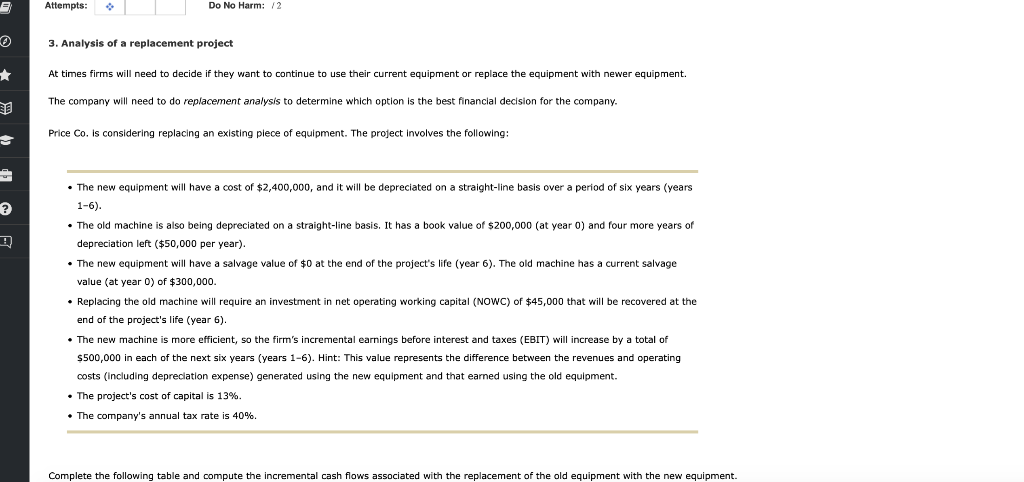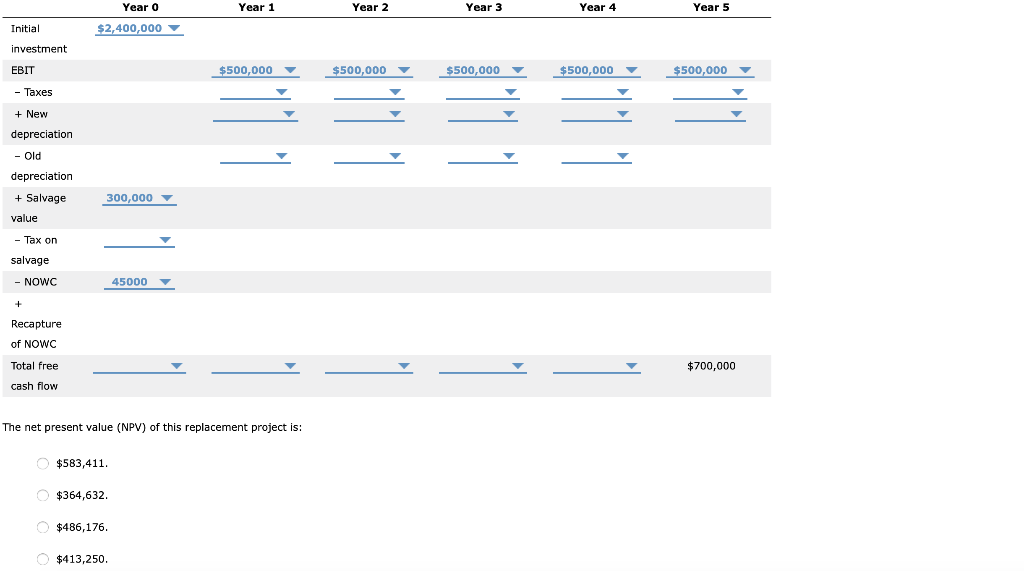Question
4. Unequal project lives Smith and Co. has to choose between two mutually exclusive projects. If it chooses project A, Smith and Co. will have
4. Unequal project lives
Smith and Co. has to choose between two mutually exclusive projects. If it chooses project A, Smith and Co. will have the opportunity to make a similar investment in three years. However, if it chooses project B, it will not have the opportunity to make a second investment. The following table lists the cash flows for these projects. If the firm uses the replacement chain (common life) approach, what will be the difference between the net present value (NPV) of project A and project B, assuming that both projects have a weighted average cost of capital of 11%?
| Cash Flow | |||
| Project A | |||
| Year 0: | $12,500 | Year 0: | $40,000 |
| Year 1: | 8,000 | Year 1: | 8,000 |
| Year 2: | 14,000 | Year 2: | 15,000 |
| Year 3: | 13,000 | Year 3: | 14,000 |
| Year 4: | 13,000 | ||
| Year 5: | 12,000 | ||
| Year 6: | 11,000 |
$9,468
$15,780
$12,624
$11,835
$10,257
Smith and Co. is considering a three-year project that has a weighted average cost of capital of 10% and a NPV of $85,647. Smith and Co. can replicate this project indefinitely. What is the equivalent annual annuity (EAA) for this project?
$34,440
$37,884
$36,162
$29,274
$30,996


Step by Step Solution
There are 3 Steps involved in it
Step: 1

Get Instant Access to Expert-Tailored Solutions
See step-by-step solutions with expert insights and AI powered tools for academic success
Step: 2

Step: 3

Ace Your Homework with AI
Get the answers you need in no time with our AI-driven, step-by-step assistance
Get Started


